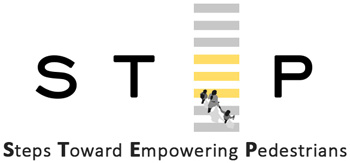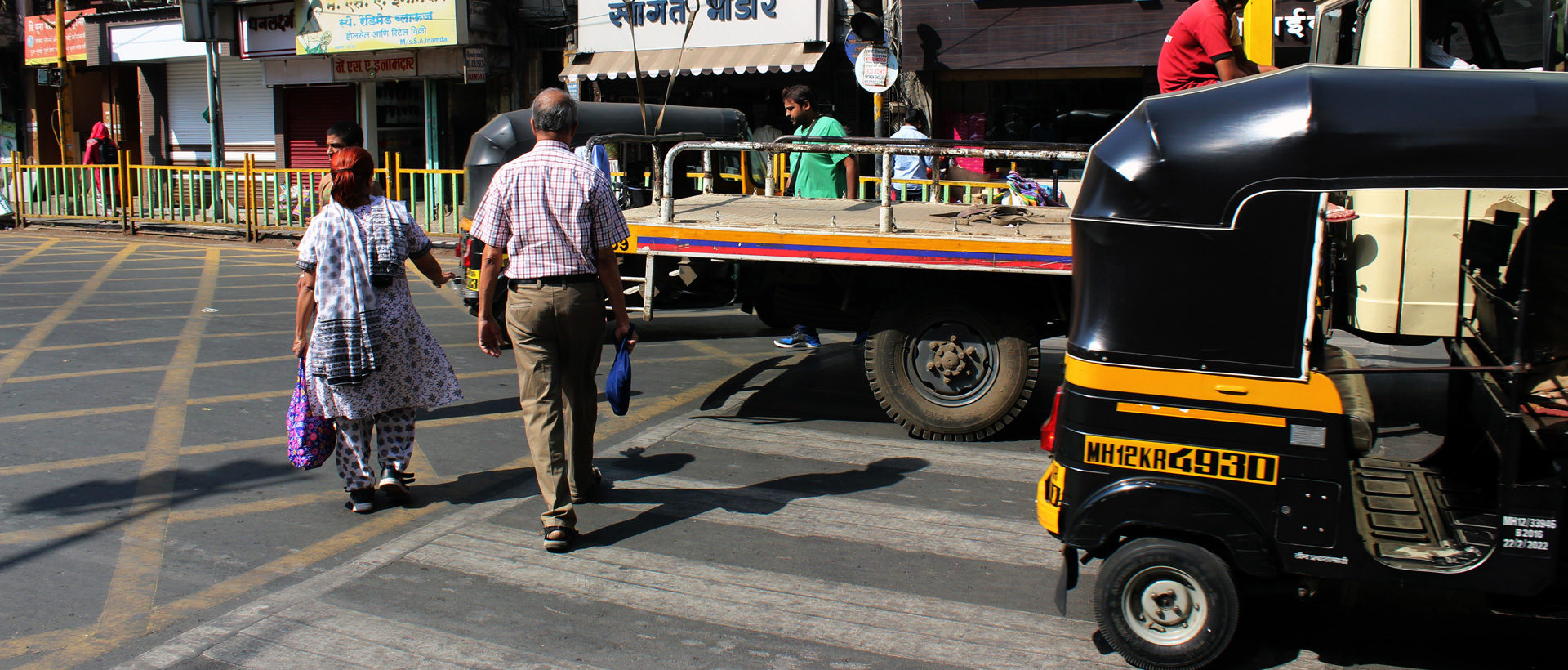STEP : Steps Toward Empowering Pedestrians
STEP (Steps Toward Empowering Pedestrians) brings pedestrians together to fight for their rights in the form of a sustained, organized campaign. We ask for our city to be walkable, both in terms of infrastructure as well as a culture of respecting pedestrians. Based out of Pune, we hope to expand to other cities in the future.
While vehicles continue to increase exponentially and dominate our streets, little is being done to safeguard a pedestrian’s right to walk safely in the city.
Despite several policy documents, like the National Urban Transportation Policy, National Mission on Sustainable Habitat, National Smart Cities Mission, as well as various Street Design Guidelines which talk about pedestrian safety, design guidelines & standards, and pedestrian facilities, the ground reality is different.
Pedestrians are not respected by motorists and very less importance is given to the issues related to pedestrians by government officials, motorists and pedestrians itself.
Walking is our fundamental right and all of us are pedestrians at one time or the other. It is absolutely necessary that safe, adequate and usable facilities for pedestrians should be provided on every road. But pedestrian safety and facilities are always ignored by the concerned government departments. There are several streets in the city which have no footpaths and where there are footpaths, motorists drive and park on footpaths with impunity. Footpaths are poorly designed, inadequate, ill-maintained and encroached upon by every conceivable obstacle, from utility poles and boxes, signages and gantries, beautification projects and stalls.
Crossing a road has become a nightmare for a pedestrian, bordering on the impossible for anyone who is not supremely agile.
National Urban Transportation Policy talks about pedestrian rights but on the ground they are dominated by the traffic, congestion relief and parking issues, etc. In such a scenario, it becomes crucial for the pedestrian to actively seek walkability in their cities. This is a platform where people can join the movement to make cities pedestrian friendly.
We want
To make cities pedestrian-friendly.
We will
Create a platform for pedestrians to work together on the issues related to pedestrians and empower them to fight for their rights, safer and better pedestrian facilities.
Our Goals
- Creating a platform for pedestrians to raise their issues
- Making pedestrians aware of their rights
- Creating a strong pressure groups by involving pedestrians
- Raising pedestrians’ issues to the concerned authorities
- Building network and alliance with the stakeholders
- Promoting walking in the city – as a mode of commute
Activities
- Awareness and Mobilization Campaigns
- Capacity Building of Government Officials
- Engagement with different Stakeholders
- Research and Advocacy
The issue of pedestrian safety is of grave concern as it is the pedestrian who faces the brunt of erratic and reckless driving. Pedestrians are often treated as unwanted obstacles by motorists, showing no respect for them at all. Even though media outlets and many organisations talk about road safety, the concern of pedestrians hardly makes it to the table of discussion.
The most notable public places in our cities and towns are generally those places where people gather on foot – the streets, parks, and squares. These are democratic places that make our cities and towns livable and vital. Our streets especially have a significant responsibility to be accessible to all, and to be functional, safe, convenient, and attractive places to walk.
However, despite its ubiquitous nature, walking itself is not something people think or talk about very often. Discussions of urban mobility are dominated by traffic reports, congestion relief, parking problems, etc.
While traffic laws define the legal framework within which pedestrians are part of the transportation system; the national standards for transportation (like, National Transportation Policy, City level transportation policy) tend to treat pedestrians as a secondary issue to traffic flow, and focus on safety rather than accessibility.
Therefore a clear conventional wisdom around pedestrians’ rights and best practices for the design of pedestrian systems (sidewalks, street crossings, etc.) has not yet fully emerged in our cities.
“STEP is aimed towards toward working on these issues of pedestrians by involving them in it for making cities pedestrian friendly”.

